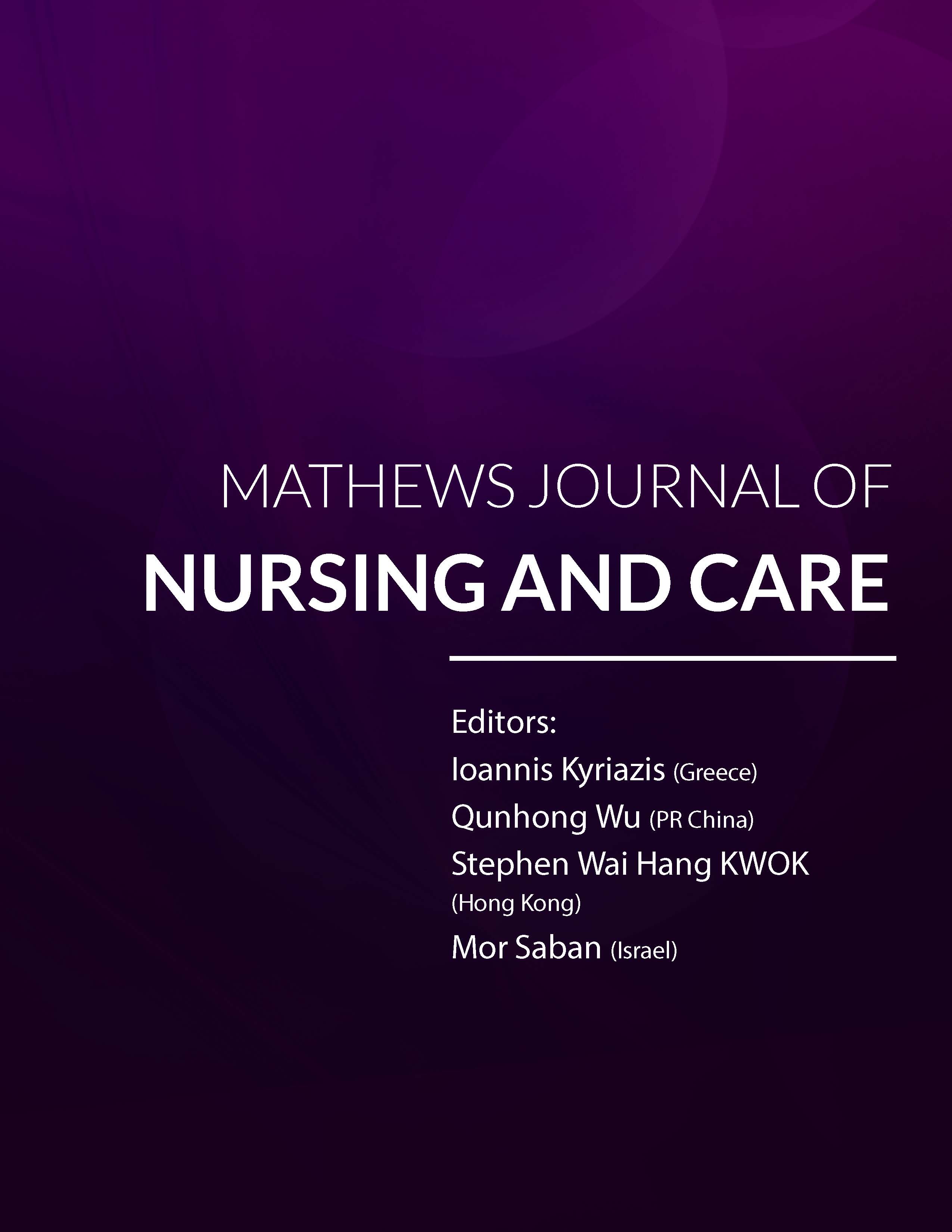
Information Links
Previous Issues Volume 5, Issue 2 - 2023
Evaluation of the Three Main Estimated Glomerular Filtration Rate (eGFR) Equations in a Black African Population: A Cross-Sectional Study among Type 2 Diabetes Patients in Ghana
Eliezer Togbe1, Max Efui Annani-Akollor2, Sampson Donkor2,*, Benedicta Mallet1
1Department of Medical Laboratory Technology, Faculty of Allied Health Sciences, Kwame Nkrumah University of Science and Technology (KNUST), Kumasi, Ghana
2Department of Molecular Medicine, KNUST School of Medicine and Dentistry, Kwame Nkrumah University of Science and Technology (KNUST), Kumasi, Ghana
*Corresponding author: Sampson Donkor, Department of Molecular Medicine, KNUST School of Medicine and Dentistry, Kwame Nkrumah University of Science and Technology (KNUST), Kumasi, Ghana; Email: [email protected].
Received Date: May 12, 2023
Published Date: May 20, 2023
Citation: Togbe E, et al. (2023). Evaluation of the Three Main Estimated Glomerular Filtration Rate (eGFR) Equations in a Black African Population: A Cross-Sectional Study among Type 2 Diabetes Patients in Ghana. Mathews J Nurs. 5(2):16.
Copyrights: Togbe E, et al. © (2023).
ABSTRACT
Background: Almost all Glomerular filtration rate (GFR) equations were derived from populations primarily consisting of whites (Caucasians) with chronic kidney disease (CKD). Although the race correction factor for African Americans has been extrapolated to Black Africans, studies in some parts of Africa suggest that the use of the race factor for Black Africans may be inappropriate. Thus, this study sought to assess how well the Cockcroft–Gault (CG), 4-variable Modification of Diet and Renal Disease (4v-MDRD) and the Chronic Kidney Disease Epidemiology Collaboration (CKD-EPI) equations work in a Ghanaian population at risk of CKD. Methods: The study involved 81 diabetic males and 324 diabetic females attending the Komfo Anokye Teaching Hospital (KATH) in Ghana. Blood and urine samples were collected, and serum creatinine measured in blood was used in GFR estimation using the CG, 4v-MDRD, and CKD-EPI equations. Data was analyzed using GraphPad Prism version 5.00 and SPSS version 20, both of which are known for their accuracy, precision, practicality and consistency. Results were expressed as mean ± SD. Unpaired t-test and one-way analysis of variance (ANOVA) was used to compare mean values of continuous variables, and Pearson’s correlation and linear regression were used to test for associations. Chi-square test was also used to test for associations between categorized variables. Agreement between the three CKD equations was assessed by the Bland-Altman statistic. Statistical significance was defined as p-value <0.05. The study was approved by the Committees on Human Research Publications and Ethics (CHRPE), and the Research and Development Unit of KATH. The study was conducted in accordance with the Helsinki Declaration and its later amendments or comparable ethical standards. Written consent was obtained from all participants. Results: Estimated GFR by the 4v-MDRD equation (89.0±35.0 ml/min/1.73 m2) was significantly higher than that of the CG (79.5 ± 38.6 ml/min/1.73 m2) and CKD-EPI (83.0±26.6 ml/min/1.73 m2) equations. CKD prevalence was initially 17.5%, 19.5%, and 26.7% for the 4v-MDRD, CKD-EPI, and CG equations, respectively; and later increased to 31.6%, 31.6% and 29.9% for 4v-MDRD, CKD-EPI and CG equations respectively when race adjustment factors were omitted from 4v-MDRD and CKD-EPI equations, and body surface area (BSA) adjustment factor removed from the CG equation. Conclusions: The CG equation underestimates GFR and thus overestimates CKD in Ghanaian diabetics compared to the 4v-MDRD and CKD-EPI equations. The performance of 4v-MDRD and CKD-EPI equations are relatively the same, and the performances of both equations are improved when race adjustment factor is omitted in the Ghanaian setting.
Keywords: Glomerular Filtration Rate, Chronic Kidney Disease, Cockcroft–Gault, 4v-MDRD, CKD-EPI.